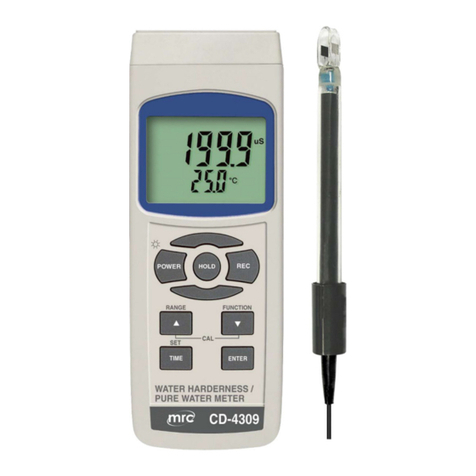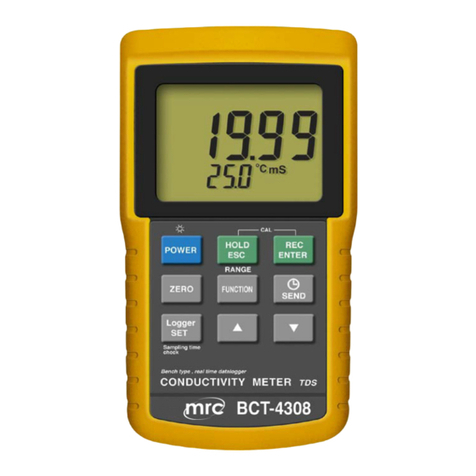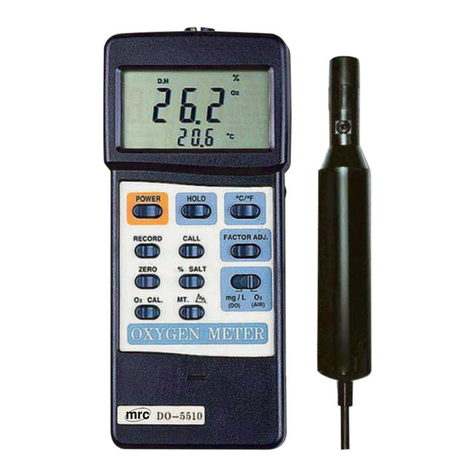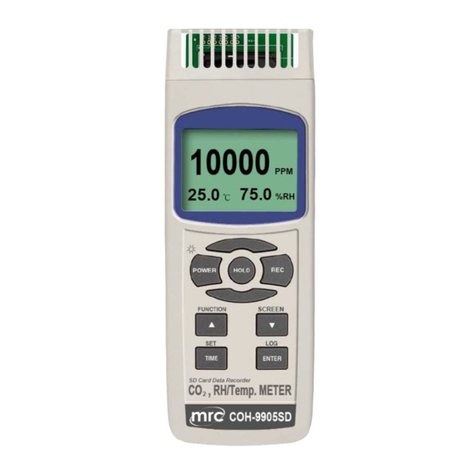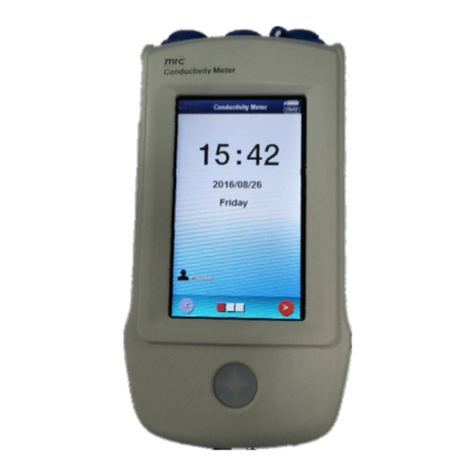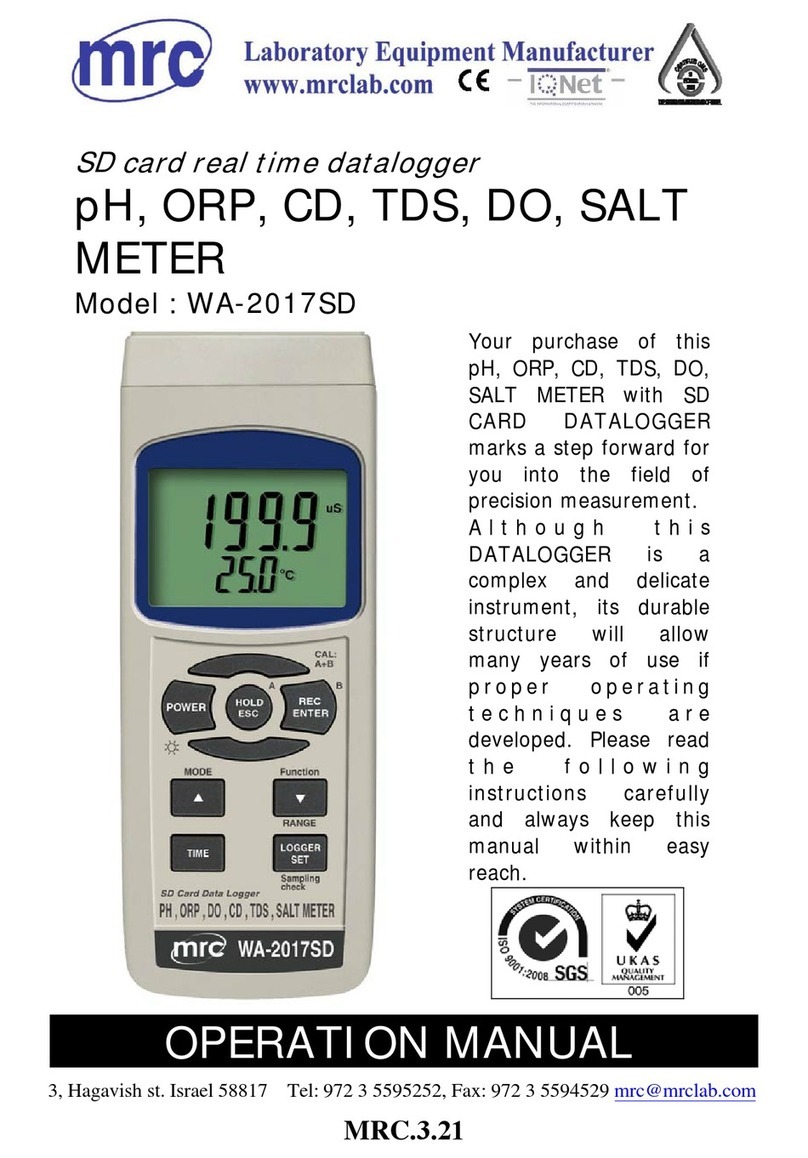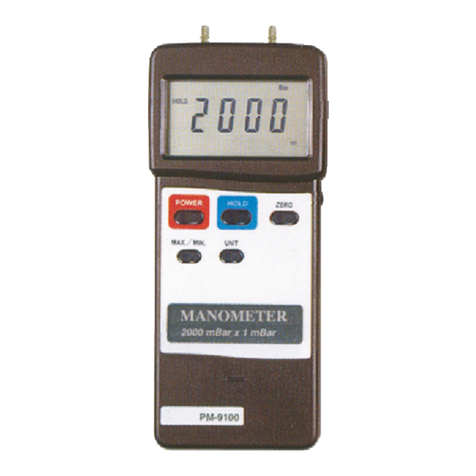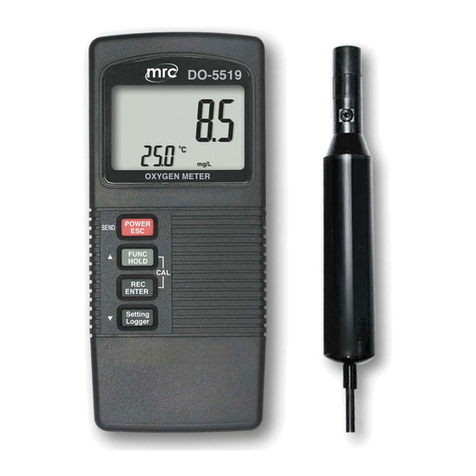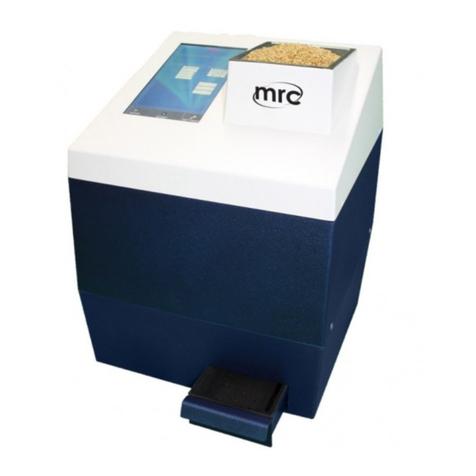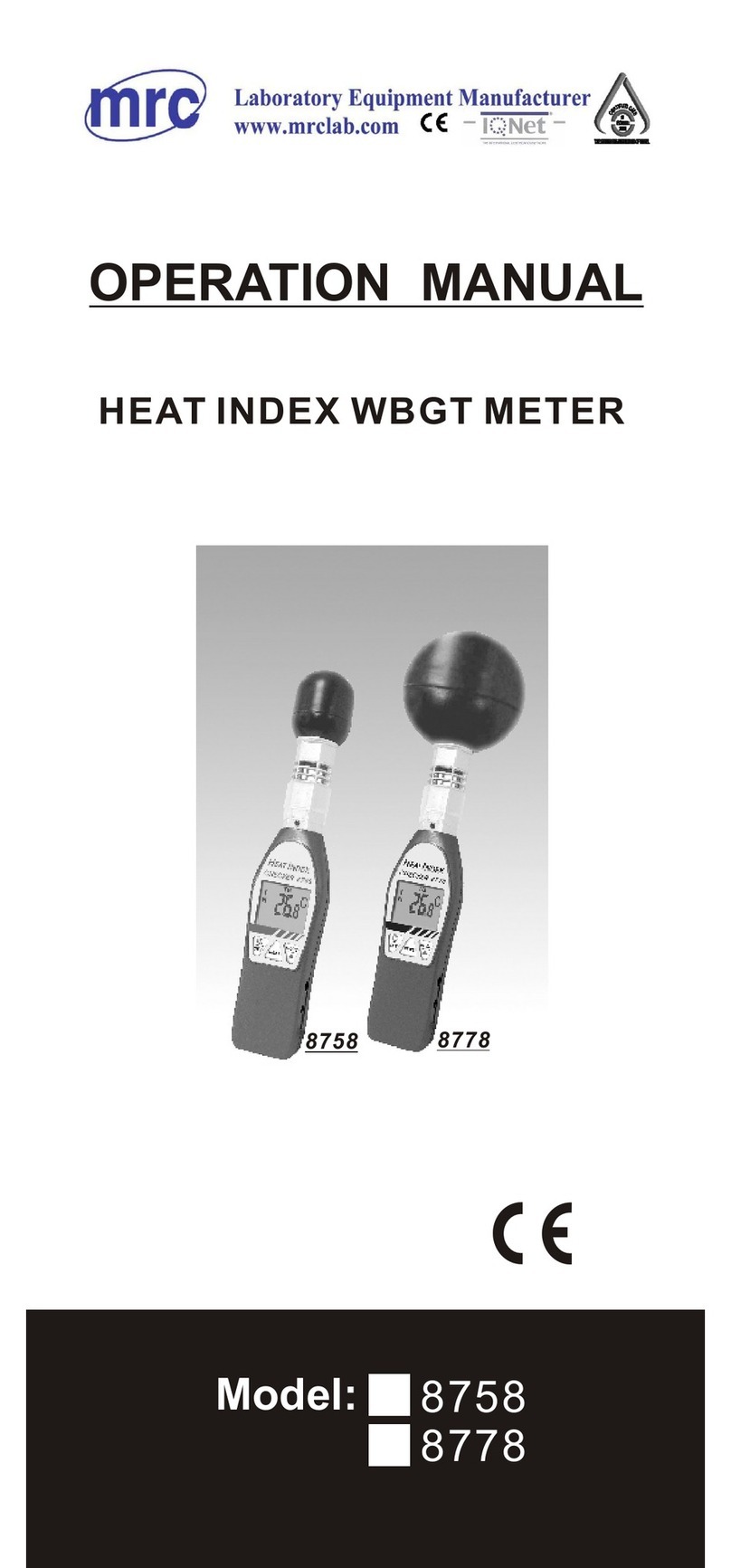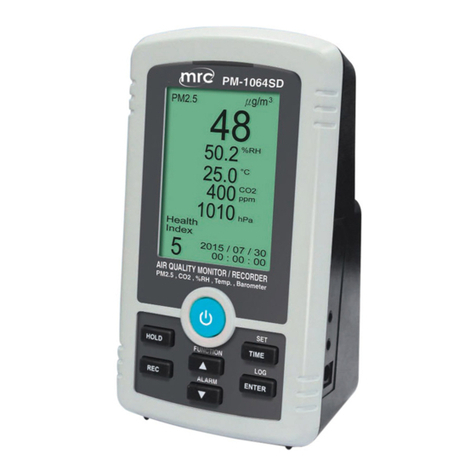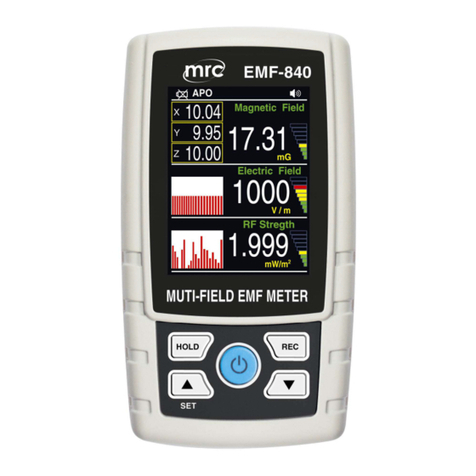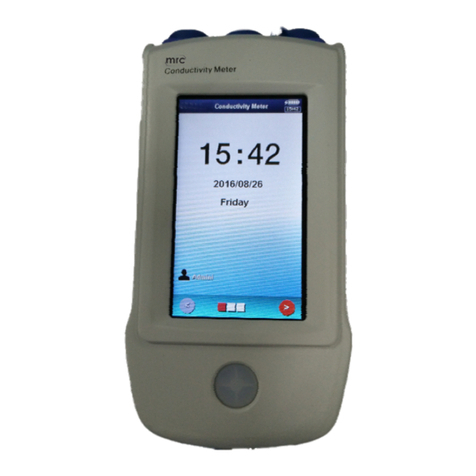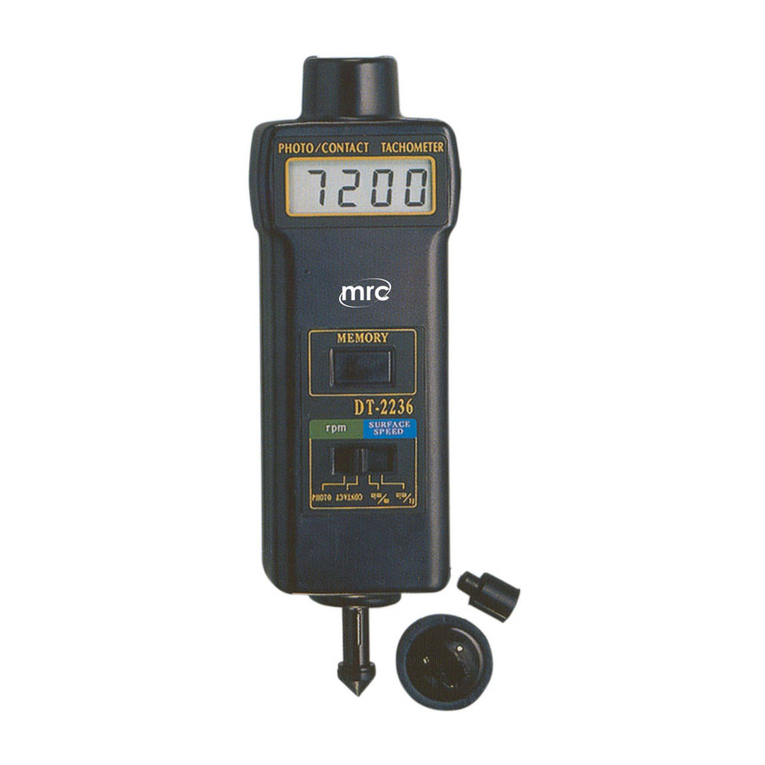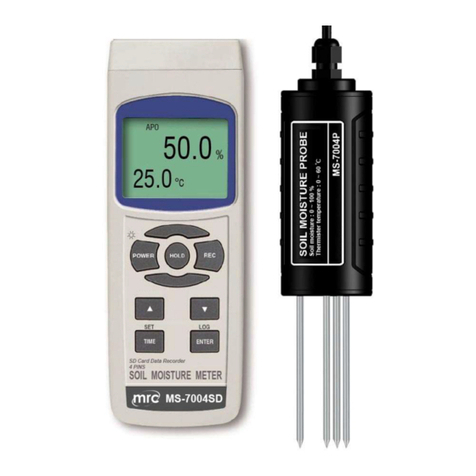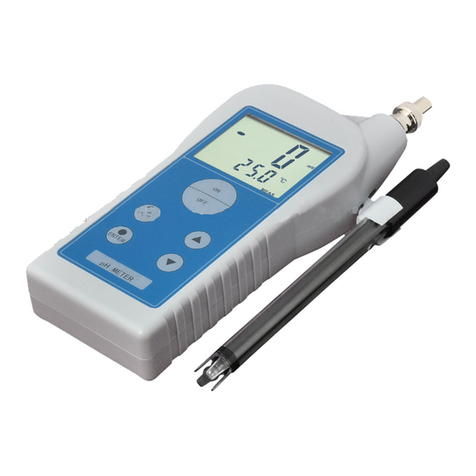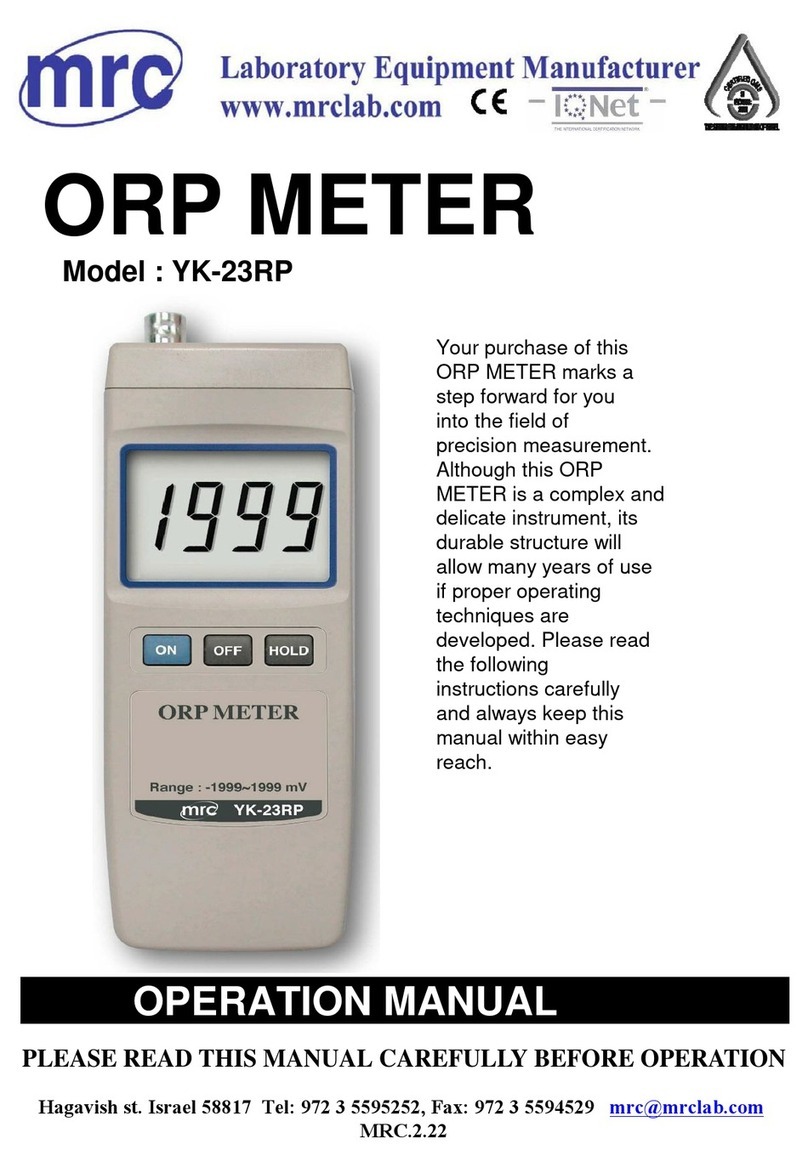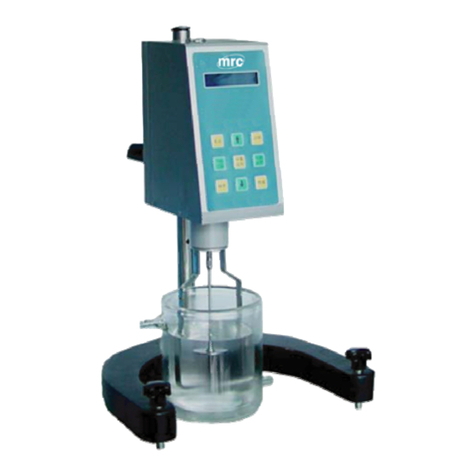6
Menu
Preface ............................................................................................................................................... 1
Special Statement .............................................................................................................................. 2
Safety Signs ...................................................................................................................................... 3
Precautions ........................................................................................................................................ 4
PART I:U s e r ’ s G u i d e ........................................................................ 9
1 Appearance & Performance ......................................................................................................... 10
1.1 Appearance ........................................................................................................................ 10
1.1.1 Body ....................................................................................................................... 10
1.1.2 Interface ................................................................................................................. 11
1.1.3 Power & Switches .................................................................................................. 12
1.1.4 Sample Compartment ............................................................................................. 13
1.2 Mode of Operation ............................................................................................................ 14
1.2.1 Signal Processing & Control System ..................................................................... 14
1.2.2 Light Path ............................................................................................................... 15
1.3 Functions ........................................................................................................................... 15
1.3.1 Modes For Measurement ........................................................................................ 16
1.3.2 Self Tests & Adjustments ....................................................................................... 16
1.4Performance ....................................................................................................................... 16
2 Booting & Shutting Down ........................................................................................................... 18
2.1 Booting Status ................................................................................................................... 18
2.1.1 Booting ................................................................................................................... 18
2.1.2 Fans Condition ....................................................................................................... 18
2.1.3 Multi-instruments Booting ..................................................................................... 19
2.1.4 Initialization ........................................................................................................... 19
2.2 Power Off .......................................................................................................................... 19
3 Installation .................................................................................................................................... 20
3.1Environment ....................................................................................................................... 20
3.1.1 Laboratory Environment ........................................................................................ 20
3.1.2 Work Bench ............................................................................................................ 20
3.1.3 Power ..................................................................................................................... 20
3.1.4Environment Change ............................................................................................... 20
3.2 Package ............................................................................................................................. 20
3.2.1 Check the Package ................................................................................................. 20
3.2.2 Unpack ................................................................................................................... 20
3.3 Installation ......................................................................................................................... 22
3.3.1 Cleaning ................................................................................................................. 22
3.3.2 Check the Power Source ........................................................................................ 22
3.3.3 Plug In .................................................................................................................... 22
3.4 Testing ............................................................................................................................... 22
3.4.1 Signal to Noise Ratio Test ...................................................................................... 22
3.4.2 Wavelength Test ..................................................................................................... 23
4 Maintenance ................................................................................................................................. 24
4.1Routine maintenance .......................................................................................................... 24
4.2 Light Source Maintenance & Replacement ....................................................................... 24












